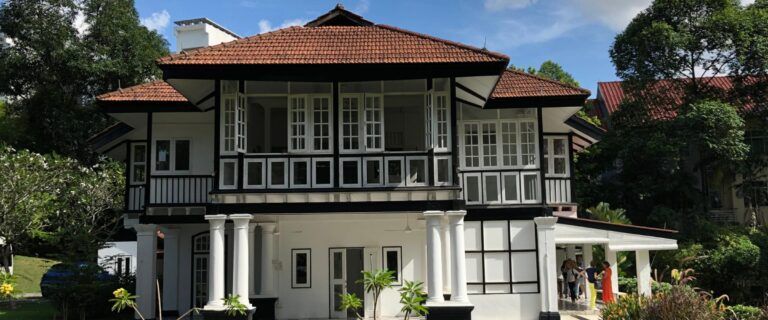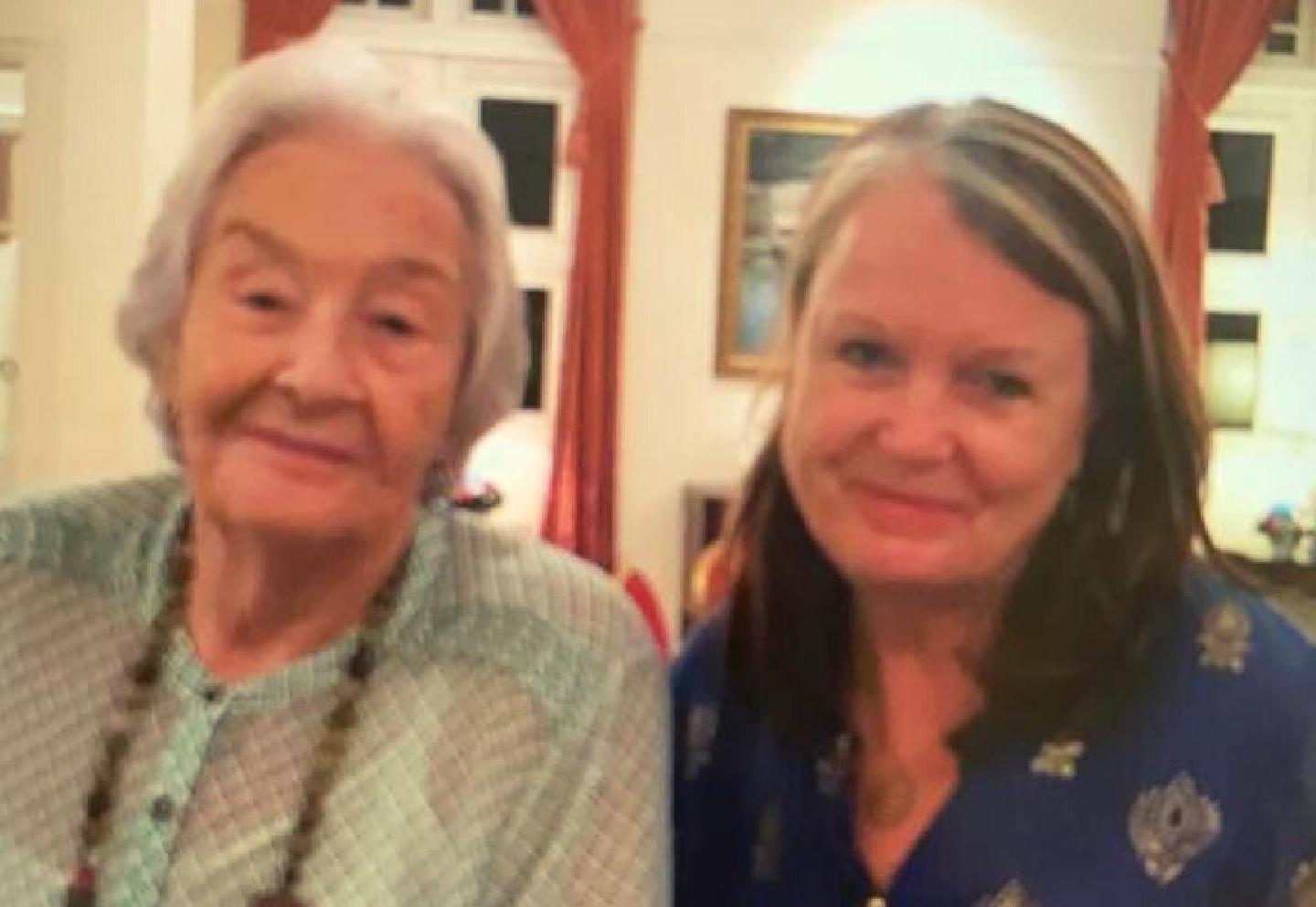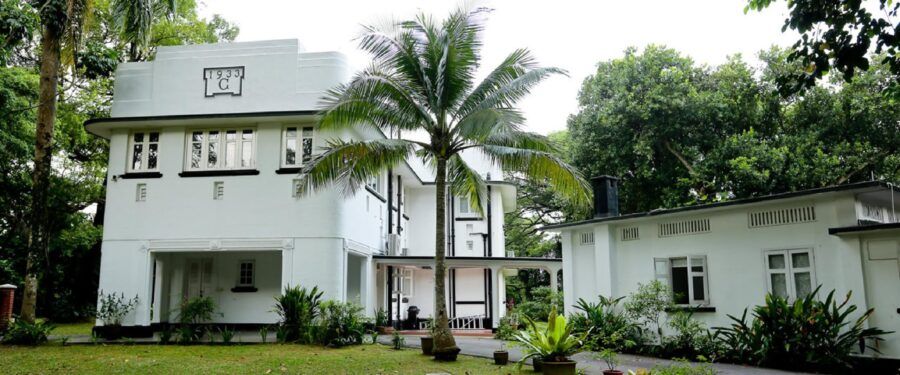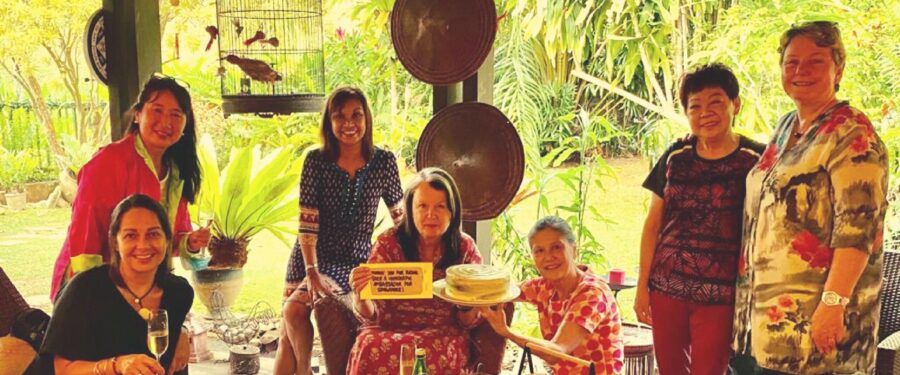The colonial heritage homes of Singapore, colloquially known as Black & White houses, exert an endless fascination.
Evoking nostalgia for a bygone era their both elegant and practical designs incorporate elements of British, Indian & Malay architecture.
Adapted to our tropical climate and constructed in an era before air conditioning, high pitched roofs and wide verandas ventilate and cool the homes. Hence the location of the main living room generally being upstairs, over the porte-cochere, a practical entrance way designed to protect people arriving and departing from the elements.
Even their colour palette has a local twist, and a practical side. The white reflects the Indian plaster “recipe” known as Madras chunam, and the black is timber treated with creosote to protect the buildings from bugs such as termites.
Some Black & White Houses are built on brick pillars similar to Malay stilted house architecture, others simply have an underneath void area to create air circulation. The most traditional are built of brick downstairs and wood upstairs, which allows for a combination of solidity and air flow.
There are a variety of home sizes—often reflecting the rank of the person to whom the house was allocated as part of their “package”—and styles with some from the 1930s even reflecting the then fashion for Streamline Moderne, a form of art deco. Some later examples from the post WW2 era are built of reinforced concrete, and some are not even black and white, such as the Frank Brewer-style houses from the 1930s like the Dutch Ambassador’s home in Ridout Road.
Built initially for prominent businessmen and professionals, the Black & White Houses were quickly adopted by the colonial administration to accommodate civil servants and military officers. As a result, there are large clusters near military establishments—Seletar for the Air Force, Sembawang for the Naval Base and several Army Barracks such as Alexandra Park and the Ridley/Ridout area for the former Tanglin Barracks, now known as Dempsey Village. There were also dedicated groups for various civilian occupations, like Mount Pleasant Road for the police, Goodwood Hill for the judiciary and so on.
Their heyday was in the period between the wars although the oldest is generally considered to be the recently refurbished & reopened “Atbara” in Gallop Road which was built in 1898. It was designed by RAJ Bidwell, the star architect of the time with Singapore’s oldest architectural firm, Swan & MacLaren who were responsible for many of our best colonial era buildings, as illustrated in Julian Davison’s wonderful new book by the same name.
Now owned by the Singapore government and mainly managed by the Singapore Land Authority, our Black & Whites make both beautiful residences and spacious venues for commercial ventures such as schools, restaurants, shops and even a boutique hotel.
We are most fortunate that in this day and age Singapore’s heritage is still protected and appreciated.








